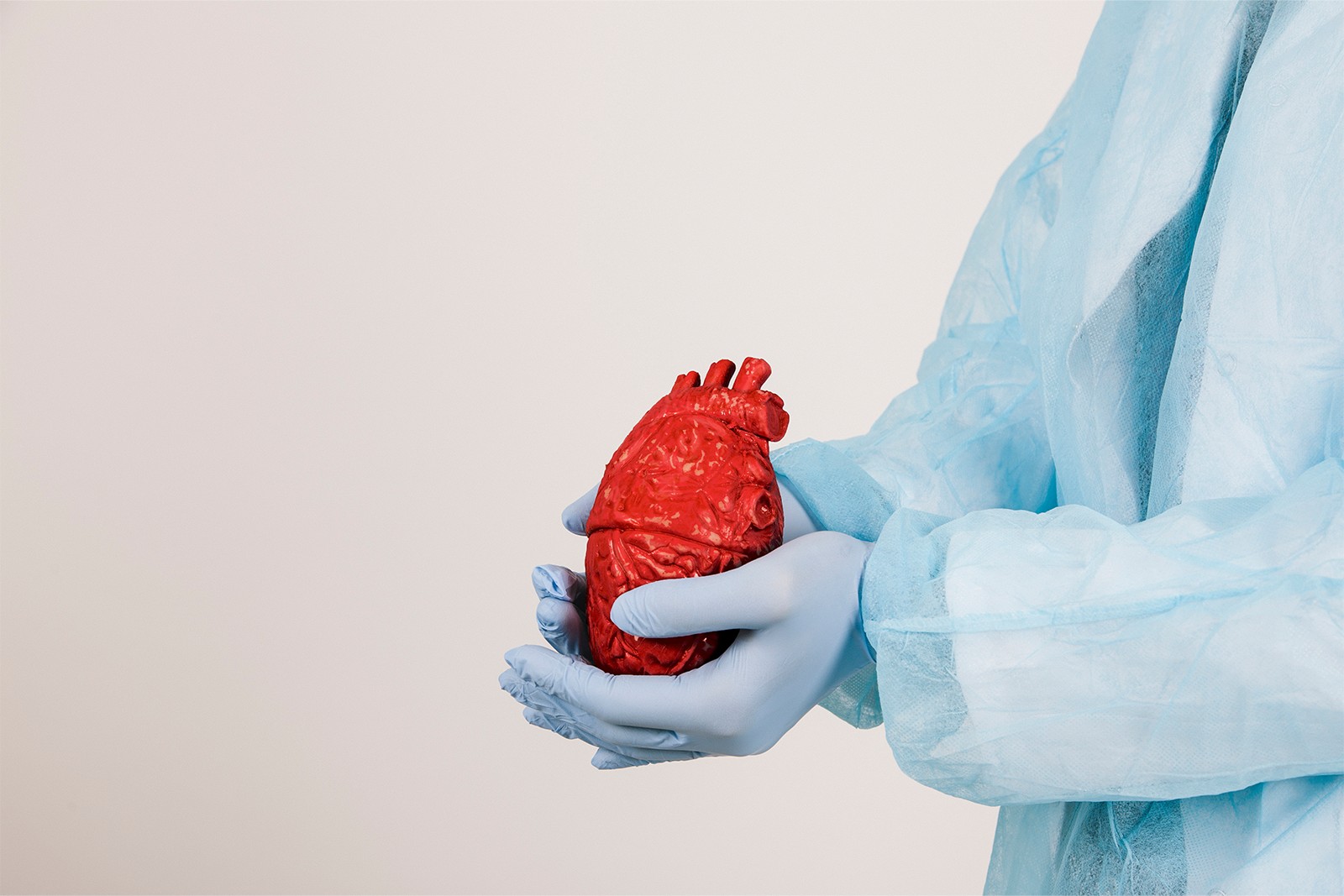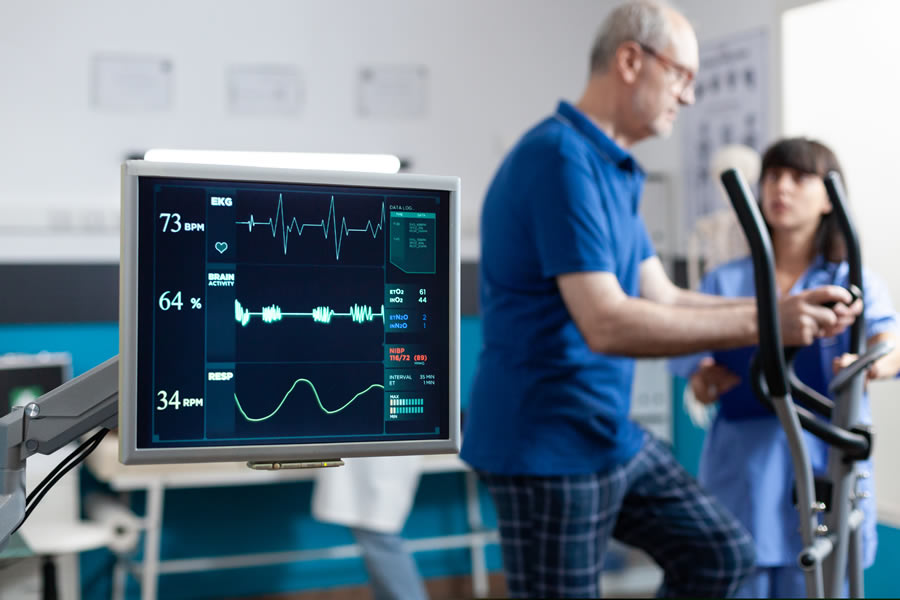When something feels off in your chest, it can be unsettling to wonder what is happening inside. Your heartbeat may race, slow down, skip, or feel heavy, and you know it is worth getting checked. Capitol Cardiology Associates has seen countless people walk through the door with those same concerns, and the first question they ask is what tests a heart doctor might order to get answers. The good news is that there are well-established ways to see how the heart is working. Each test gives a different kind of information, and together they paint a clear picture. If you have been told you need an exam or are simply curious about what might happen at your first appointment, keep reading.
Electrocardiogram
One of the most common tests is the electrocardiogram, which is also sometimes called an EKG or ECG. Small sticky pads are placed on your chest, arms, and legs. These pads connect to wires that read the electrical signals traveling through your heart. The test only takes a few minutes, and it does not hurt. What it shows is the rhythm of your heartbeat. The EKG can pick up issues like an irregular heartbeat, evidence of a past heart attack, or signs that a part of your heart is under strain. Because it is quick, it’s usually the very first step. Many patients are surprised that such a simple test can reveal so much. If the results look normal, that is useful information. If they look unusual, then it can help guide the next steps.
Echocardiogram
While the EKG shows rhythm, the echocardiogram shows structure and movement. This test uses ultrasound, which is the same kind of technology used in pregnancy scans. A technician places a probe on your chest, and sound waves create live images of your heart. The doctor can see the chambers, valves, and blood flow. This test is important for checking if the heart muscle is pumping strongly, if the valves open and close correctly, and if fluid is collecting where it should not. For example, an echocardiogram can reveal a weakened heart muscle, a valve that is leaking, or a wall that is thickened from years of high blood pressure. It gives a dynamic picture, which helps the doctor understand how your heart looks and how it’s performing with each beat. Some people may need a more advanced version called a transesophageal echocardiogram. Instead of looking through the chest wall, the probe goes down the esophagus to give even clearer images of certain structures. Your doctor will only recommend this if the regular echo does not provide enough detail.
Stress Testing
Your heart behaves differently when you are at rest compared to when you are active. A stress test helps doctors see how your heart performs when it has to work harder. There are several ways this test can be done. The most familiar is walking on a treadmill while hooked up to an EKG machine. As the speed and incline increase, the heart works harder, and the machine records how it responds. Blood pressure is also tracked throughout the test. For people who cannot walk on a treadmill, medicine can be used to mimic the effect of exercise. Sometimes stress testing is paired with imaging, like nuclear scans or echocardiograms, to show blood flow during exertion. These results can reveal areas of the heart that are not getting enough oxygen, which is usually due to blocked arteries. This test is valuable because many heart issues only show up when the heart is under strain. If you only test at rest, you might miss those changes. Looking at the heart during activity helps doctors see if there are hidden concerns that need treatment.
Cardiac Imaging and Advanced Scans
Ultrasound is just one way to see how the heart looks and works. Another is a CT scan, which uses X-rays to make detailed images. A coronary CT angiogram focuses on the heart’s arteries and uses a contrast dye to make them stand out. This helps doctors find any narrowing or blockages. Magnetic resonance imaging, or cardiac MRI, takes it a step further by using magnets and radio waves to show the heart’s structure and motion. It can measure damage from a past heart attack or show how well the heart muscle is working. Though not used as often, it can give vital information when more detail is needed. These imaging methods require more time and resources, but they provide a level of detail that other tests can’t. They are normally ordered when initial results raise questions or when a patient has a complicated history.
Blood Tests and Monitoring Devices
Checking the heart does not always mean using machines or scanners. Blood tests can provide critical information. A common one measures cholesterol, which plays a role in artery health. Others look at markers of inflammation, blood sugar, and kidney function. In emergency settings, blood tests can check for enzymes that rise when the heart muscle is damaged, which confirms a heart attack. Another tool is the Holter monitor, which is a portable device worn at home. It records the heart’s rhythm continuously for 24 to 48 hours, sometimes longer. This helps catch irregular rhythms that may come and go. An event monitor is similar but can be worn for weeks, allowing patients to press a button when they experience symptoms.
Why So Many Tests?
Each of these tools answers a different question. The EKG asks, “What is the rhythm?” The echocardiogram asks, “How does it pump?” The stress test asks, “How does it perform under pressure?” The CT or MRI asks, “What does it look like in detail?” The blood tests ask, “What is happening at the chemical level?” Putting those answers together helps a cardiologist form a complete understanding. Sometimes only one or two tests are needed. Other times, a combination is best. The process depends on your symptoms, risk factors, and medical history.
Are You Ready to Take the Next Step?
Knowing what to expect from heart testing helps reduce worry. These exams are designed to give clear answers and protect your long-term health. If you need to see a cardiologist, remember that these tools are here to provide clarity and direction. At Capitol Cardiology Associates, we use the full range of modern testing. If you’re ready to take the next step in checking your heart health, contact us today to schedule an appointment.






